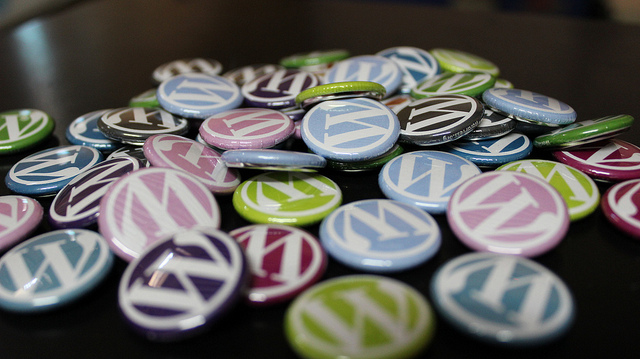|
Getting your Trinity Audio player ready...
|

WordPress is one of today’s most popular open source website creation tools, which is used by many popular blogs, news outlets, celebrities, and more. It is not only easy to use, it is a powerful content management system.
In 2001, the French programmer Michel Valdrighi developed B2/cafelog, a concept of generating pages from contents of the MySQL database. However, due to a personal matter, Valdrighi had given up his creation leaving the project unfinished. The project was then picked back up by Matt Mullenweg, who then decided to fork B2/cafelog with the help of his friend Mike Little to create his own cafelog, which became known as WordPress.
After thousands of commits, the first version of WordPress 0.7 was released on May 27, 2003, and in January 2004, its second update, the Davis version was released. Mullenweg liked jazz and chose to name every update after jazz greats. In May 2004, WordPress 1.2 was released and introduced plugin architecture. This addition allowed users to create their own plugins to share within the community. At that time, “Moveable Type” was the leading blogging tool in the industry. However, new licensing terms were being announced, which rattled most of their users. Due to the changes, most of the Moveable Type users switched to WordPress, which gave them a flexible project platform they could support.
With an increase of users in its community, WordPress began making more improvements. In 2005, version 1.5, “Strayhorn,” and 2.0 “Duke” were released offering pages, comment moderation tools, a new default theme, a theme system, and a new administration dashboard offering a complete overhaul of the WordPress administration screen. This upgrade allowed users to modify their posts without leaving or reloading the pages.
In 2008, Happy Cog, a web designing company, helped create a new interface with several new features. In 2010, Automattic, a company founded by Matt Wallenberg, who had taken ownership of the project in 2006, transferred its ownership to the “WordPress Foundation,” which then ensured the growth of the project without being dependent on a company or developers.
WordPress 3.0, “Thelonious,” was released later in 2010, and marked one of the major steps toward the project becoming a stronger CMS by introducing custom post types, improved taxonomies, customizable backgrounds, menus, headers, and more utilities. By the year 2013, the project had already become one of the most popular CMS in the world. Since then, the platform has been releasing updates to improve its utility all the way until 2016, with the latest version being 4.5, “Coleman,” adding inline links, formatting shortcuts, and responsive previews in Customizer.
Over the years, WordPress has become one of the best content management systems in the industry, powering apps and 30 percent of all internet websites. It is also a free open-source software, which allows anyone to freely download it, use it, and modify it to share with the community. It currently has over 5,000 themes and 31,000 plugins that can be used. The platform is also reputable for being fairly easy to use with hundreds of guides and a community to rely on for any help. Other things the platform is known for include:
- Search engine friendly
- Easy to manage
- Safe and secure
- Able to handle different kinds of media types
Written by Ismael Balleydier
Source:
WordPress: History Codex
wpbeginner: The History of WordPress
wpbeginner: Why You Should Use WordPress
iThemes: What is WordPress
Kinsta: The History of WordPress, its Ecosystem and Community
Featured and Top Image Courtesy of Alexander Gounder’s Flickr Page – Creative Common License



